
It’s now late January. According to “the internet”, over 30% of people have already failed at their New Year’s Resolution. Well, I say let’s have a do-over since I haven’t even got around to making mine yet. Jonathan Clements has an excellent post called Committed where he outlines some strategies to help improve our chances of success. I’ve re-worked them below according to my own tastes. In my view, all of them involve making failure painful and/or inconvenient (really the same thing, just different levels and frequencies of pain).
- Tell everyone. Announce your resolution on Facebook, Instagram, or other widespread manner. Somebody (frenemy?) will likely follow-up. You’ll want to avoid the mild shame from lots of people you know sorta well.
- Tell just one important person. Share your resolution and deadline with a person whose opinion you care about. You’ll want to avoid that acute shame from a close friend or relative.
- Tell nobody, but bet money on it. You could set up a bet with a friend, or use a website like DietBet. You’ll want to avoid the financial pain from losing money.
- Put hurdles between you and bad habits. Want to spend less? Use cash for everything. Institute a cooling-off period of 1 week for every $100 of cost. Cut up or freeze your credit cards in ice. Cancel any “bad” subscriptions, and make yourself pay for it manually each month. (Try Trim if you need some help canceling things.) Remove junk food from the house, so you’ll have to go out and buy it. Make it a hassle.
- Make it automatic. Make “good” subscriptions. Set up (or increase) an automatic paycheck withdrawal for 401(k) and/or IRA retirement accounts. Set up an automatic transfer to your savings account. Sign up for a service like Digit. After the initial setup, the lazy thing is now the good thing.
You might use one, or you might use all of them, depending on your specific goal.
Photo credit: Angus and Phil comic by Annie Taylor-Lebel.
 Before we let them take over the world, computers must first prove their worth by helping us become better savers and investors. Importantly, we humans have a horrible tendency to put off saving when we have to manually do it each and every time.
Before we let them take over the world, computers must first prove their worth by helping us become better savers and investors. Importantly, we humans have a horrible tendency to put off saving when we have to manually do it each and every time.

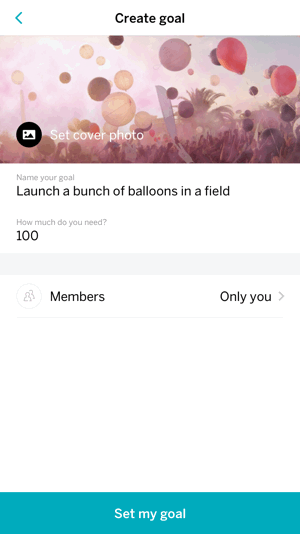
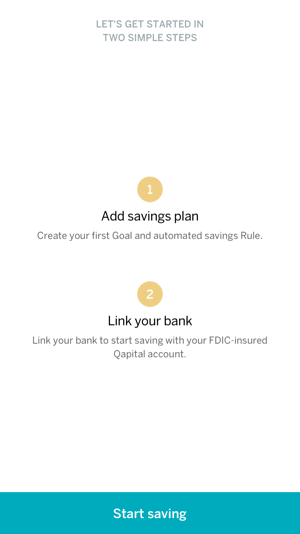

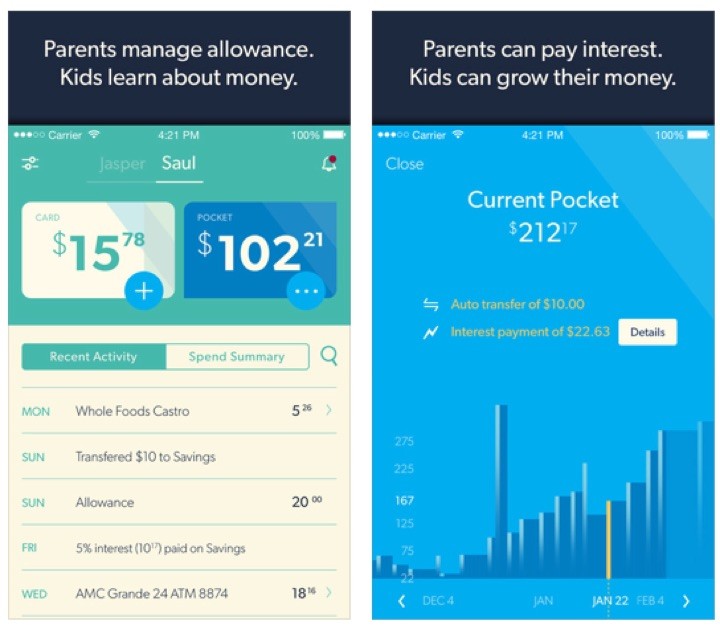
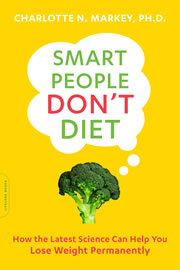
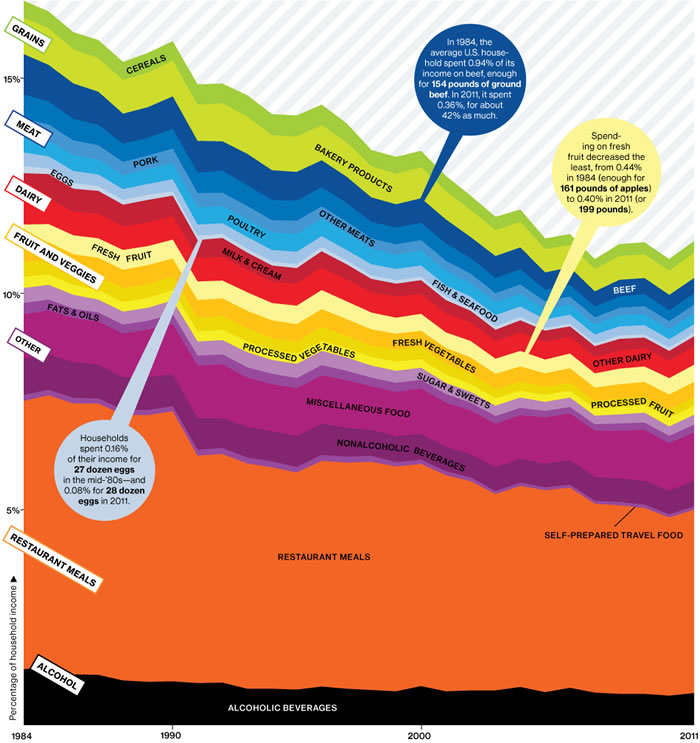
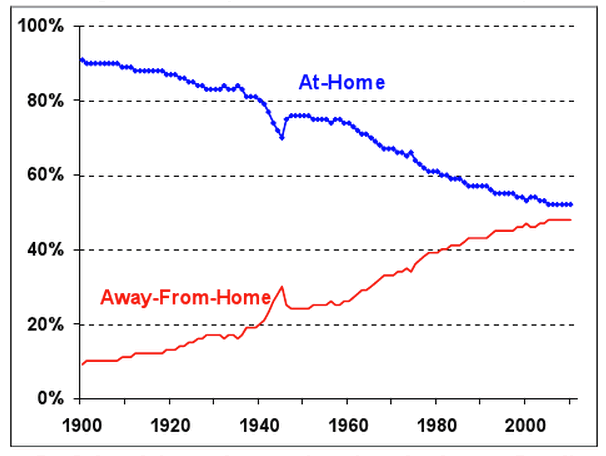
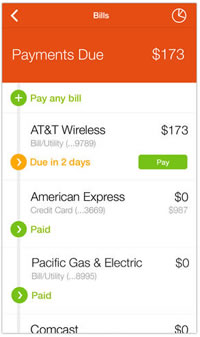 A few readers e-mailed me to let me know that bill management website Manilla.com announced that they will be shutting down. Surprising, as they were just mentioned in Money magazine last month!
A few readers e-mailed me to let me know that bill management website Manilla.com announced that they will be shutting down. Surprising, as they were just mentioned in Money magazine last month!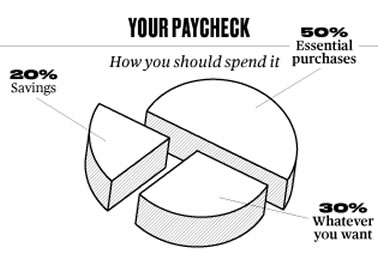
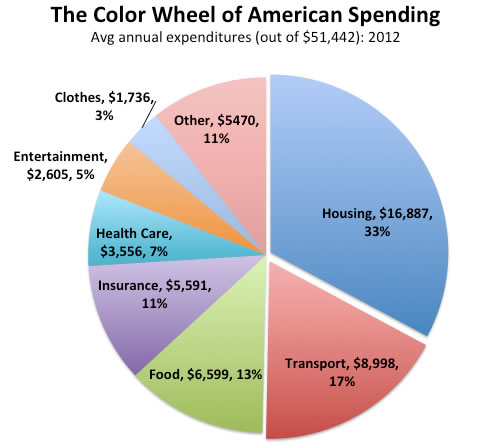
 The problem with most New Year’s resolutions is that they just take a moment to make but to actually accomplish it you’ll need to re-make that decision hundreds of times. If you’re trying to be healthier, every single day you’ll have to choose the grilled chicken with steamed vegetables instead of the bacon cheeseburger with fries. Walking the stairs instead of taking the elevator. Willpower is like a muscle, and it gets fatigued after a while.
The problem with most New Year’s resolutions is that they just take a moment to make but to actually accomplish it you’ll need to re-make that decision hundreds of times. If you’re trying to be healthier, every single day you’ll have to choose the grilled chicken with steamed vegetables instead of the bacon cheeseburger with fries. Walking the stairs instead of taking the elevator. Willpower is like a muscle, and it gets fatigued after a while.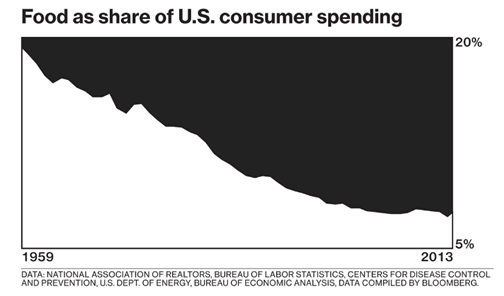
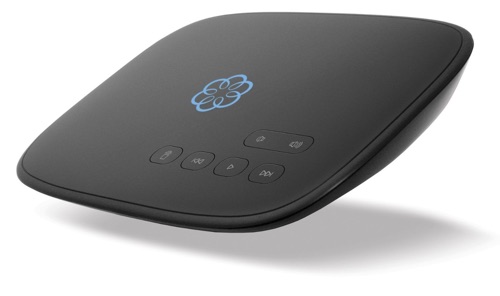
 The Best Credit Card Bonus Offers – 2025
The Best Credit Card Bonus Offers – 2025 Big List of Free Stocks from Brokerage Apps
Big List of Free Stocks from Brokerage Apps Best Interest Rates on Cash - 2025
Best Interest Rates on Cash - 2025 Free Credit Scores x 3 + Free Credit Monitoring
Free Credit Scores x 3 + Free Credit Monitoring Best No Fee 0% APR Balance Transfer Offers
Best No Fee 0% APR Balance Transfer Offers Little-Known Cellular Data Plans That Can Save Big Money
Little-Known Cellular Data Plans That Can Save Big Money How To Haggle Your Cable or Direct TV Bill
How To Haggle Your Cable or Direct TV Bill Big List of Free Consumer Data Reports (Credit, Rent, Work)
Big List of Free Consumer Data Reports (Credit, Rent, Work)